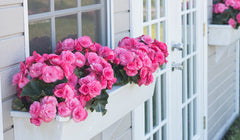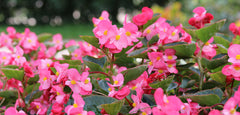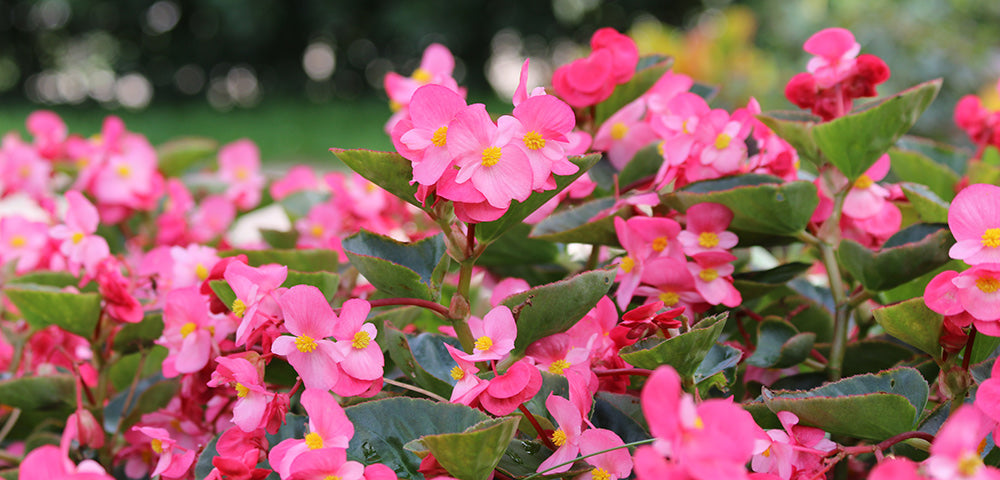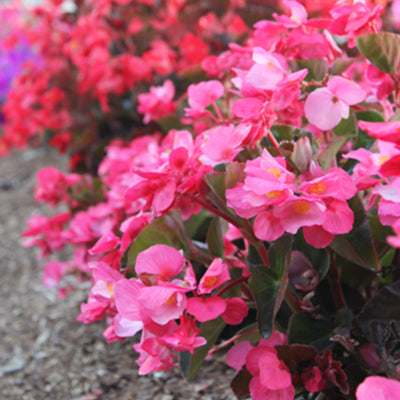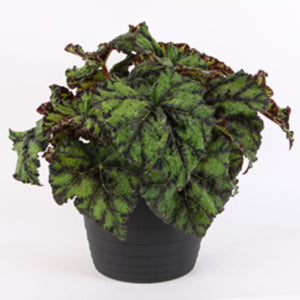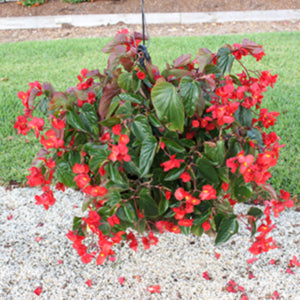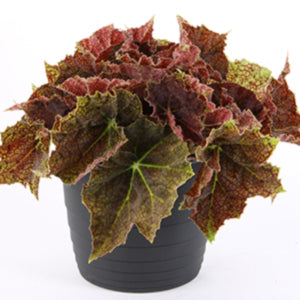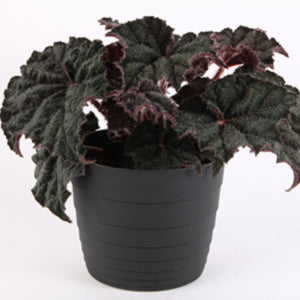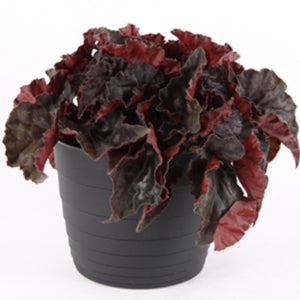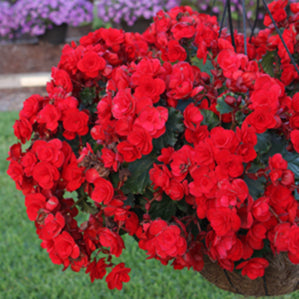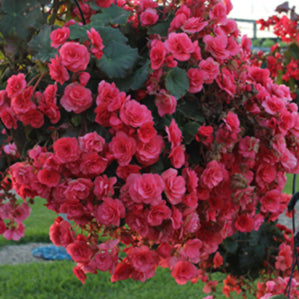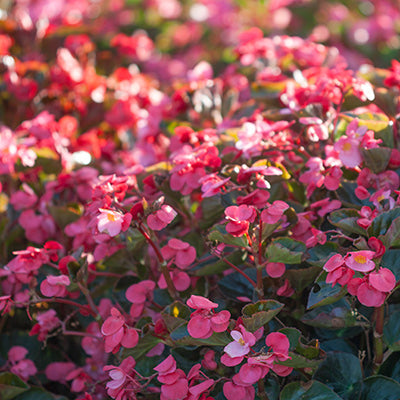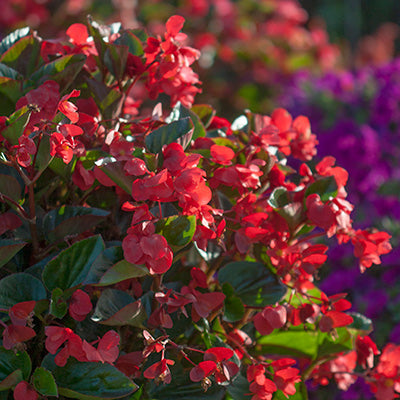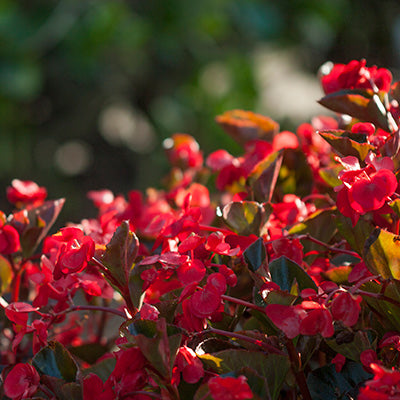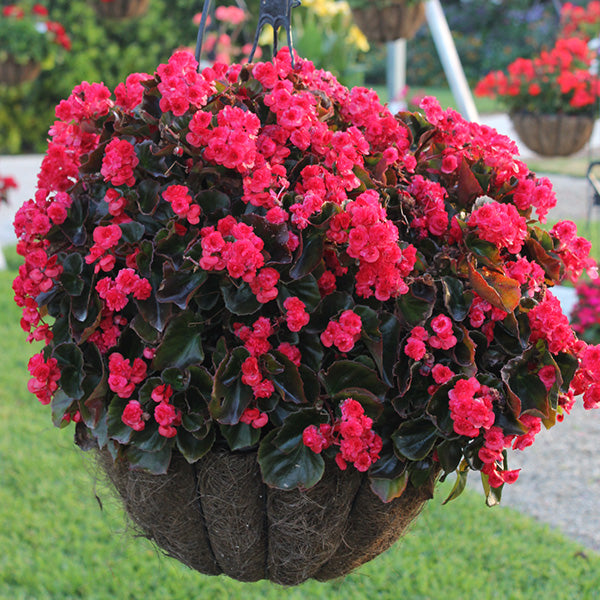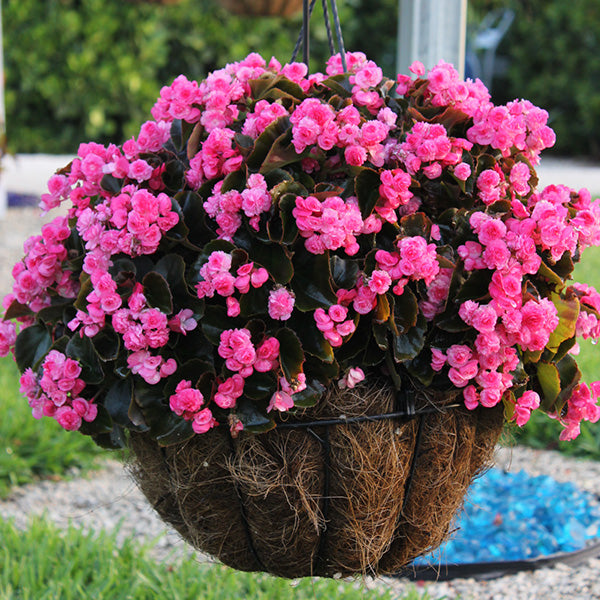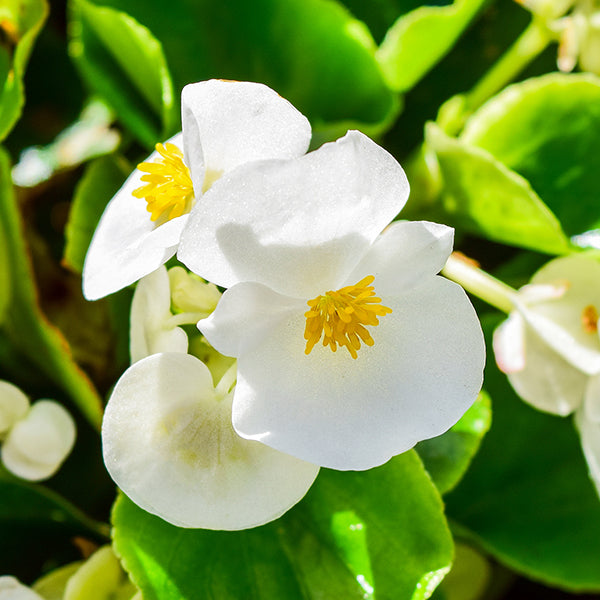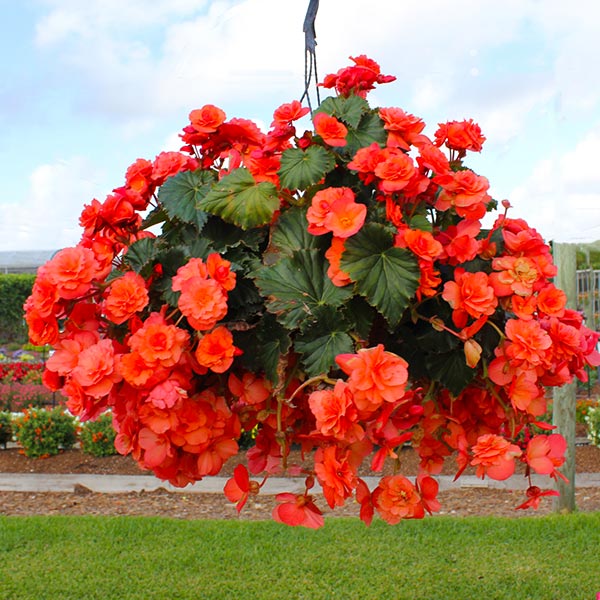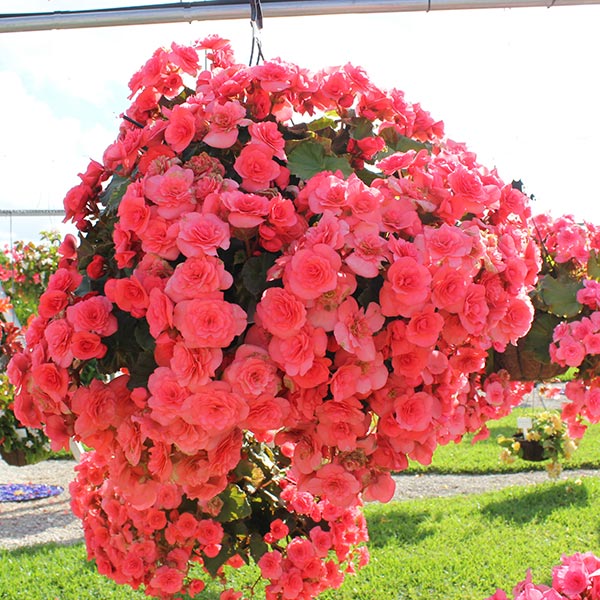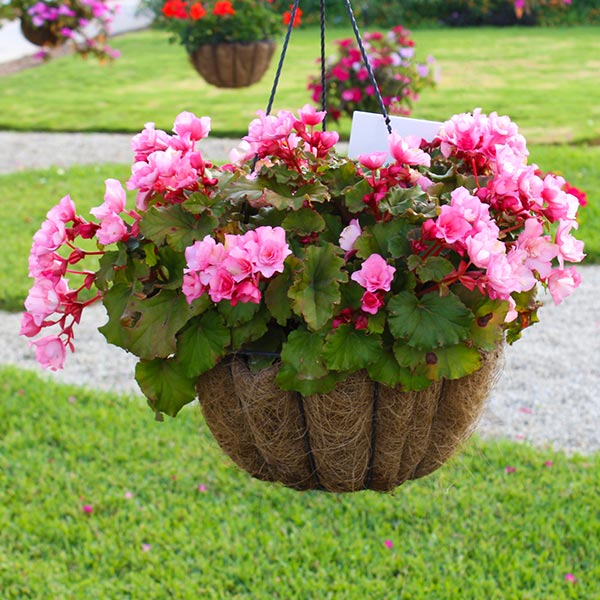Begonia (Begonia spp.)
Begonia Plant Features
A large family of easy-care annual flowers, begonias come in a wide variety of shapes, sizes, and colors. Probably the most popular member of the family is commonly called wax begonia. These little charmers grow 8 to 10 inches tall and bear pink, red, or white blooms atop either green or bronze foliage. Wax begonias are so adaptable they thrive in partial sun and shade and work just as well in the flower border as they do in pots, planters, and window boxes. They have almost no insect or disease problems and their blooms are prized by butterflies and hummingbirds.Learn more: See our Shopper's Guide to Begonias to learn about different types and how to select the best ones for your yard.
Begonia Questions?
Email us your questions and one of our begonia experts will get back to you!
Begonia Growing Instructions
Begonias prefer a rich, slightly moist soil. Although some will survive in full sun, most prefer a more shaded location that gets a little sunlight each day. To keep begonias in top form, feed every 10 days during the summer with a dilute solution of liquid fertilizer.In the fall, most begonias can be brought indoors as a houseplant over the winter. Cut the plants back and place them in a bright window away from direct sunlight.
Note: Begonia is not intended for human or animal consumption.
-
Water
Medium water needs
-
Light
Outside: Shade
-
Colors
Orange
Pink
Red
White
-
Special Features
Attracts butterflies
Attracts hummingbirds
Colorful foliage
Super-easy to grow
Complement your Begonia
CaladiumCreate a festival of color by mixing the boldly patterned leaves of caladium with the bright, perky blooms of begonia.
Impatiens, New Guinea
New Guinea impatiens and begonias make great partners in the shaded border.
Dusty Miller
The gray leaves of Dusty Miller complement the waxy leaves and pink, red, or white flowers of Begonia.
